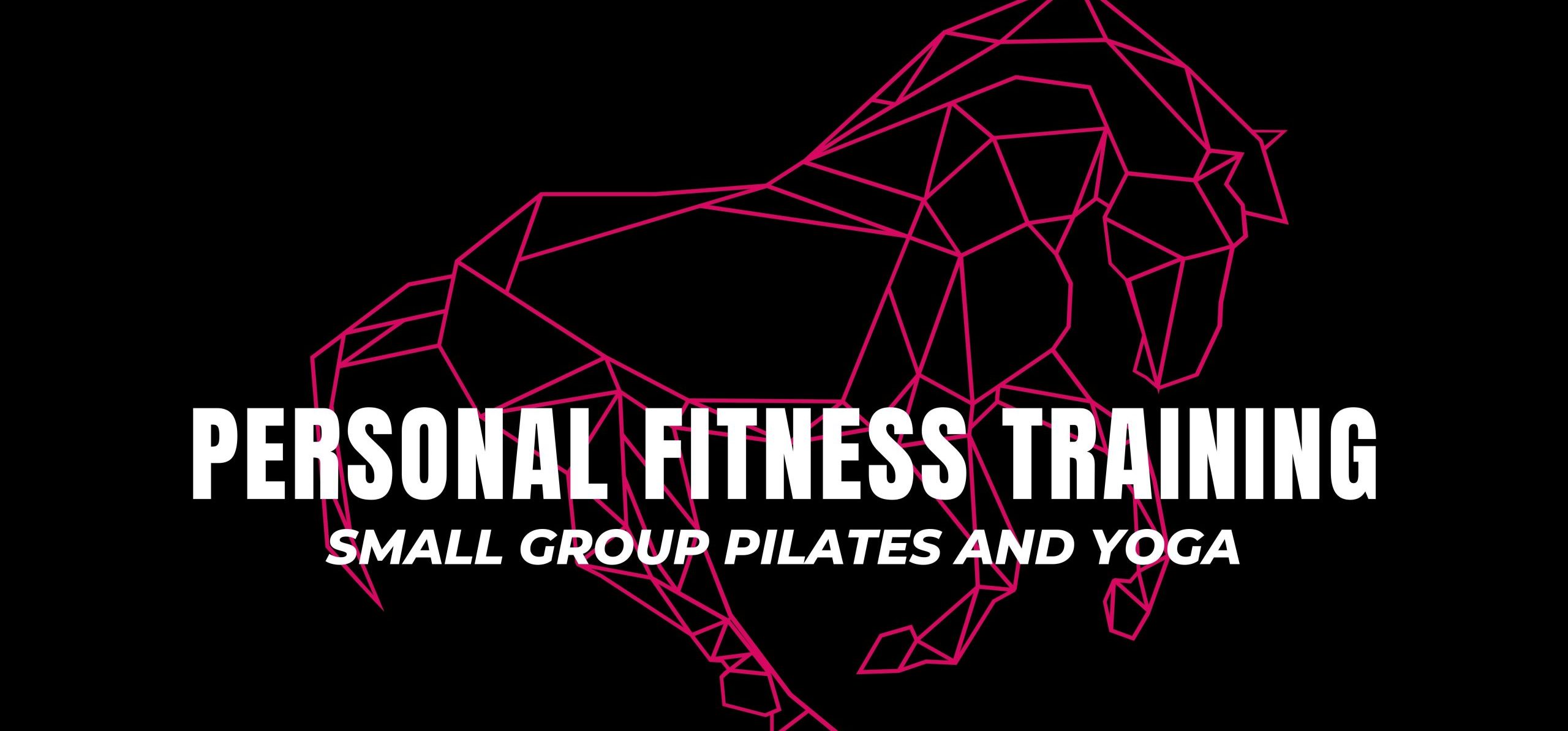What Is Clomid and Why Do Bodybuilders Use It?

What exactly is Clomid?
Clomid is a powerful antiestrogen that works in a similar way as Tamoxifen in terms of preventing estrogen production. Beginning in the 1970s, Clomid became more popular as a treatment for female infertility. It is still utilized for this reason today, as seen by its continued usage on the market. In the case of bodybuilding, Clomid is beneficial to athletes who have been using anabolic steroids and want to get rid of the side effects (such as the conversion of anabolic steroids to female sex hormone) as well as those who want to stimulate their natural internal testosterone production after they have finished their course of steroids. This medication attaches to the brain receptors that are involved in the production of sex hormones, and it has been shown to be effective. If the levels of male hormones are restored in a timely manner, it may assist athletes to avoid losing strength and muscle mass while also improving their general look. This is one of the reasons Clomid for bodybuilding is so popular.
What Is the effect of clomid on fertility?
Clomid is also referred to as clomiphene citrate in certain circles. It is an oral drug that is often used to treat some forms of female infertility. It is available in pill form.
It works by tricking the body into believing that your estrogen levels are lower than they really are. This leads the pituitary gland to secrete more follicle-stimulating hormone, or FSH, and luteinizing hormone, or LH, which stimulates the production of eggs. FSH stimulates the ovary to create an egg follicle or several egg follicles, which will mature and be released during ovulation when the levels of FSH are high. Ovulation is stimulated by high amounts of LH.
Before referring a couple to a fertility specialist for more specialized treatment, general care doctors or obstetricians often prescribe Clomid to help them become pregnant. Some reproductive doctors also recommend Clomid for these patients.
Read also about Clomid PCT protocol
Taking Clomid
Clomid is a 50-milligram tablet that is typically taken for five days in a row at the start of a woman’s menstrual cycle. It is used to induce pregnancy. Clomid is often started on the third, fourth, or fifth day of the cycle.
The number of tablets prescribed by your doctor will often range from one to two, three, or even four, all of which must be taken at the same time every day, depending on how they believe you will react to the medication. It is usual practice, to begin with, the lowest amount possible and gradually raise the dose each month as required.
Some physicians may ask you to return for blood tests to check your hormone levels, or for a transvaginal ultrasound to examine your ovarian follicles, while others will just tell you to wait. This information may assist them in determining when you should begin having sexual relations or when you should undergo intrauterine insemination. In addition, it might assist them in determining the proper dosage for your subsequent cycle.
Clomid is often prescribed for three to six cycles only, and most physicians do not advocate using it for more than that. This is because the pregnancy rate decreases with extended usage. If it takes a few cycles before they discover the dosage that works for you, your doctor may decide to prolong the time limit.
Read also about Oral steroids like Dianabol
Who should consider using Clomid?
Clomid is often administered to women who have a polycystic ovarian syndrome, also known as PCOS, which is a hormonal imbalance that may result in irregular or nonexistent ovulation in some women.
However, not everyone will benefit from this drug. Most women who use Clomid will not ovulate because of primary ovarian insufficiency, or early menopause, and women who have missing ovulation owing to low body weight or hypothalamic amenorrhea will not ovulate because of Clomid. Women who suffer from these problems may need more rigorous infertility therapy than other women.
See also Cabergoline: All You Need When Bodybuilding
Benefits
There are several advantages for women who get adequate Clomid treatment, including the following:
It is a cost-effective therapy for infertility, particularly when compared to alternative therapies such as in vitro fertilization.
Clomid is an oral medicine, making it less intrusive than other forms of fertility therapy.
As opposed to seeing a reproductive expert, it may be recommended by your OB-GYN or general care practitioner.
Females who use this medication report that it has minimal negative effects and that it is typically well-tolerated.
Does it have any effect on men?
Clomiphene citrate raises the levels of the hormones luteinizing hormone (LH) and follicle-stimulating hormone (FSH) in men (FSH). These hormones, which are present in both men and females, are vital for fertility.
In men, LH stimulates the release of testosterone from the testicles. FSH has a vital role in spermatogenesis, which is the initial step of sperm production.
Increasing the amount of these hormones in the body may result in an increase in testosterone and the production of more sperm in the male reproductive system. Male fertility is affected by a variety of hormone interactions, and there is presently insufficient data to determine if increasing LH and FSH have a direct influence on male fertility. Some guys may benefit from using clomiphene citrate, while others may not.
Clinical trials investigating the usefulness of using clomiphene citrate for male infertility have shown conflicting findings, according to a review published in 2015.
Some guys may have an increase in sperm motility as a result of the medication. The ability of sperm to pass through the female reproductive system and fertilize an egg is referred to as motility.
Some guys, however, may have a reduction in total sperm count as a result of using clomiphene citrate. It is possible that this drop is related to the medication’s dose.
Because the Food and Drug Administration has not authorized clomiphene citrate for the treatment of male infertility, there is no consensus on the optimal dose. Therefore, while prescribing this medication, clinicians must depend on their own judgment in making their decisions.
The recommended daily dose, according to research, ranges from 12.5 to 400 milligrams (mg) per person per day. In a modest meta-analysis including three research, it was shown that a daily dosage of 50 mg may be beneficial for improving fertility.
Furthermore, there is no consensus on the amount of time a man should be on this medicine to treat his erectile dysfunction.
More research is needed to understand if clomiphene citrate is beneficial for treating male infertility, which forms of male infertility it may be effective for treating, and what the optimal dose of the drug may be.
See info about reviews on Tamoxifen
When do physicians recommend it for men, and why?
Off-label prescribing is an option for doctors who think that the advantages of a drug exceed the hazards of using it.
Despite the fact that the FDA has only authorized clomiphene citrate for the treatment of infertility in females, physicians may opt to prescribe it for guys who are experiencing unexplained infertility or when other therapies have been failed or are inappropriate for their needs.
Although neither the safety nor the efficacy of the medicine for this purpose is completely understood, it is critical that the doctor convey this to the patient and make certain that the person knows all of the possible hazards.
See also Anastrozole: How This Breast Cancer Drug Can Slow Progression of the Disease
Clomid for bodybuilding
What goes on within the body of a bodybuilder?
When males take steroid drugs, their natural synthesis of male hormones is diminished, which is detrimental to their health. The longer people rely on steroids and the higher the dosage, the more adversely it impacts their hormonal equilibrium. In men, the amount of testosterone continues to decline, while the levels of feminine hormones (estradiol, progesterone, and prolactin) rise. This leads to the development of female breasts in males, a condition known as gynecomastia, and it may even lead to fluid retention in their bodies as a consequence. Antiestrogens may assist to restore balance to this hormonal imbalance, and Clomiphene is the safest, most widely used, and most effective antiestrogen available on the market (Clomid). No matter what sort of steroid a bodybuilder is taking or for how long they have been using it, Clomid is often recommended to them in order to get desired outcomes.
What is the effect of Clomid on bodybuilders?
The use of Clomiphene for bodybuilding has been around for a long time. It has become very popular among not just bodybuilders, but also weightlifters and athletes as a result of its many beneficial benefits, which include the following:
- An increase in the amount of testosterone in the body
- A rise in the production of hormones that aid in follicle development
- GnRH production is increased.
Following the completion of their steroid medication, most athletes begin taking supplements to help restore balance to their hormones and recover from their training. Their failure to recognize is that after their bodies have experienced a significant hormonal imbalance and their sex hormone levels have been significantly lowered, using any dietary supplements will be of little use. Clomid may be of considerable assistance in such a case, according to research. It has a direct effect on the levels of LH (luteinizing hormone) and FSH (follicle-stimulating hormone) in the bloodstream. LH and FSH have been shown to have an effect on testosterone production. The primary active element of Clomid, clomiphene, attaches itself to estrogen receptors and regulates the activation of these receptors. You will begin to see beneficial results as soon as you begin taking Clomid, which will occur within 2-3 days. These include:
- The quantity of FSH and LH in the body reaches its peak.
- The levels of testosterone have been dramatically increased.
- In this phase, the male hormone markers return to their optimal level.
- The high levels of FSH and LH have returned to their normal levels.
The length of time it takes to recuperate will differ from one person to another. Generally speaking, though, you may anticipate your body to heal in around 14 days. There have been instances when the period has exceeded 90 days. Whatever the circumstances, Clomid may undoubtedly assist bodybuilders in improving their physical performance as well as their overall look.
When it comes to testosterone restoration, how well does Clomid perform according to scientific evidence?
According to several scientific research, Clomiphene may actually assist men in increasing their testosterone levels. Men between the ages of 18 and 55 who participated in a specific study were given Clomiphene for two weeks. As a consequence, their testosterone levels increased by a factor of two (in most cases). Some individuals, however, saw a decrease in testosterone levels after roughly a month of participation.
Clomid for the purpose of bodybuilding
According to another research, 125 men with diminished sexual desire and low testosterone levels (less than 400 nanograms per deciliter) were given Clomid to take for around 3 months. It was discovered that testosterone levels had increased almost twofold. There were no significant changes in cholesterol levels observed, and none of the individuals reported any negative side effects. In fact, experts have looked at the long-term consequences of Clomid (which is used to treat men who have low testosterone levels). Initially, the testosterone levels were 228 ng/dl on average, which was considered high. Clomid use on a regular basis for a year resulted in a rise of 612 ng/dl. After two years, it had increased to 562 ng/dl, and after three years, it had remained high (582 ng/dl) till now. The amount of bone density grew significantly, and there were no reported negative effects. As a result, Clomid is effective, and it does so without causing any negative side effects.
See also Letrozole: Main Benefits, Proper Dosage, Cycle and Risks
Clomid Post Cycle Therapy
Clomid, also known as clomiphene citrate, is a synthetic hormone that was first designed to aid in the stimulation of ovulation. The medication is often administered to women who are having trouble ovulating, such as those who have polycystic ovarian syndrome (PCOS). Following the usage of anabolic steroids, Clomid is also used as a post-cycle treatment (PCT) to aid in the restoration of normal testosterone production.
Like other SERMs, Clomid works by inhibiting the effects of estrogen on the body’s reproductive organs. This contributes to an increase in the body’s natural testosterone production. Clomid, when taken as a post-conceptional therapy (PCT), helps to counteract testosterone suppression while also lowering the likelihood of estrogen-related adverse effects such as gynecomastia, bloating, and stomach discomfort.
Clomid is quite successful as a PCT treatment. When taken in conjunction with other PCT supplements, such as Nolvadex, it may assist in the restoration of normal testosterone production while also reducing the risk of adverse effects in as little as 4 weeks. The unfortunate fact is that, like Nolvadex, Clomid must be obtained via a doctor’s prescription.
If your application is granted, your doctor will most likely prescribe a daily dose ranging between 50 and 100 milligrams. While undergoing the therapy, you may have headaches, discomfort in your pecs, and nausea, but these symptoms should subside after the first week of starting the treatment program.
Approximately how long does a post-cycle therapy session last?
According to the individual and the precise post-cycle treatment that is being utilized, the answer to this question might be rather different.
It is possible that some treatments may just take a few weeks, but others may take many months. Your hormone levels are out of whack, and the potency of your treatment is dependent on how bad your situation is.
Before selecting a product, take into consideration the following factors:
The kind of performance-enhancing drugs you used
It is widely accepted that anabolic steroids having a higher androgenic effect (such as testosterone) would have a bigger influence on hormone levels than anabolic steroids with a lower androgenic effect. If you have been using testosterone-based anabolic steroids, you will most likely need to use PCTs for a longer period of time.
The amount of performance-enhancing drugs you used
Most of the time, a steroid’s dosage is increased in order to increase the amounts of hormones that are generated. If you have been cycling high doses, you will need to use a longer course of PCTs to counteract the side effects of the drug.
The duration of your PEDs cycle
After more than 12 weeks of cycle, you will most likely need a lengthier course of PCTs to return your body’s natural hormone levels to normal. When you cycle for an extended period of time, your hormones are more likely to be suppressed, and it will take longer for them to return to normal. It is typically suggested that persons who have been riding for more than 12 weeks take part in a 4-to-8-week course of PCTs.
What is the best way to take Clomid for bodybuilding?
When using Clomiphene, how can you ensure that your sex hormone levels return to their normal levels? Perhaps this is the question that is now going through your head. So let us go to work on finding the solution as soon as possible.
If you are taking steroids at the same time as taking Clomid, you should avoid using them. Begin by completing your steroid medication before beginning to use Clomiphene.
See also The Exemestane Guide: How It Works, Positive Effects, and Warnings



